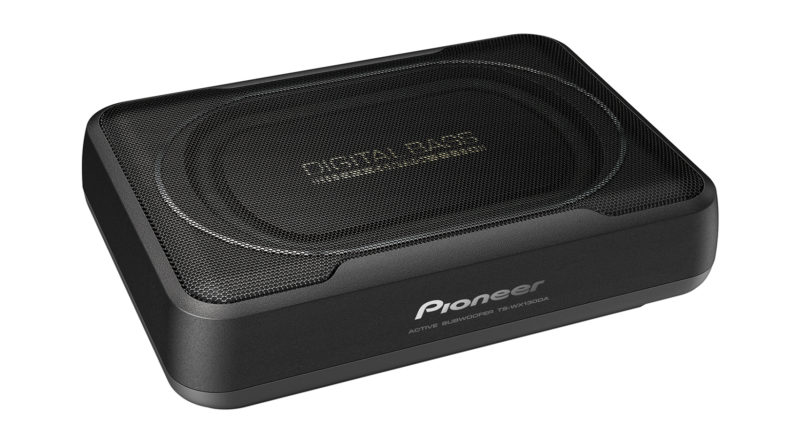The Best Under Seat Subwoofers
The best under seat subwoofers are all about the subwoofer effect. This effect is well known, yet has some secrets. This is when you add deep bass reinforcement to your sound system. Any sound system, from that running on your telly, to that in your car, will benefit from a subwoofer. Quite how seems obvious, you just add loads of thump. But the reality is much more subtle.
Yes, you can make it so you can feel the bass. But before the sensation of tactile audio, there’s something else going on. That’s the seemingly huge improvement in sound quality of your normal speakers. With some reinforcement for the low frequencies, your speakers simply have to work less hard. At any given volume level, they are being asked to do less. A subwoofer makes them sing. Thus, any subwoofer, even if mild, will make your sound tighter, cleaner, richer and more satisfying.
The most bonkers subwoofer demo I ever had, involved two smallish B&W speakers and the then-new DB1. I was regaled with rich organ music, played in a cathedral. A bit disappointed at first, as the piece was not Bach’s toccata and fugue that would shake your bones. It was a mild piece, all tootly. Then, they switched on the DB1 subwoofer and suddenly, it felt like I was in the cathedral! It just felt huge, without the bone shaking. The subwoofer effect never stops. Metallica use three times the ‘normal’ number of sub-bass bins in their insanely loud touring rig. That’s the root of their limitless-power sound.
While these under seat, compact subwoofers may not shake your bones nor make you feel like you are in a cathedral, the sound improvements to be had are tangible and they won’t take up valuable space in your car.
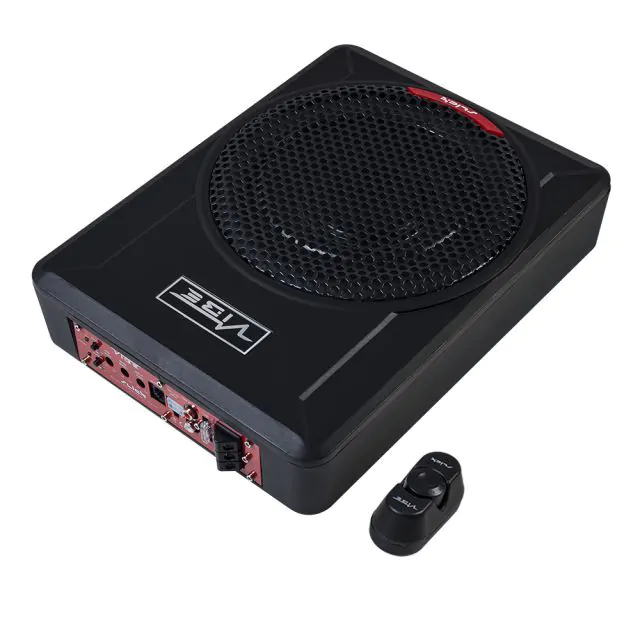
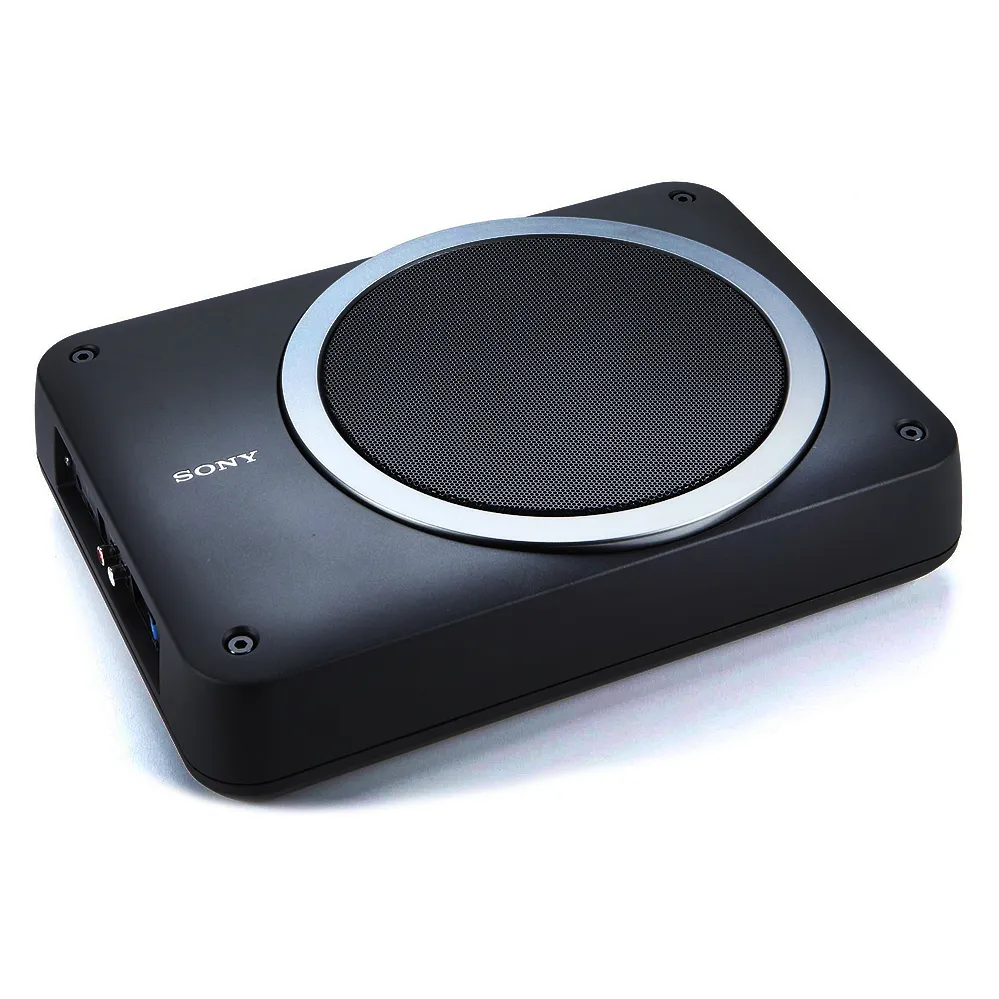
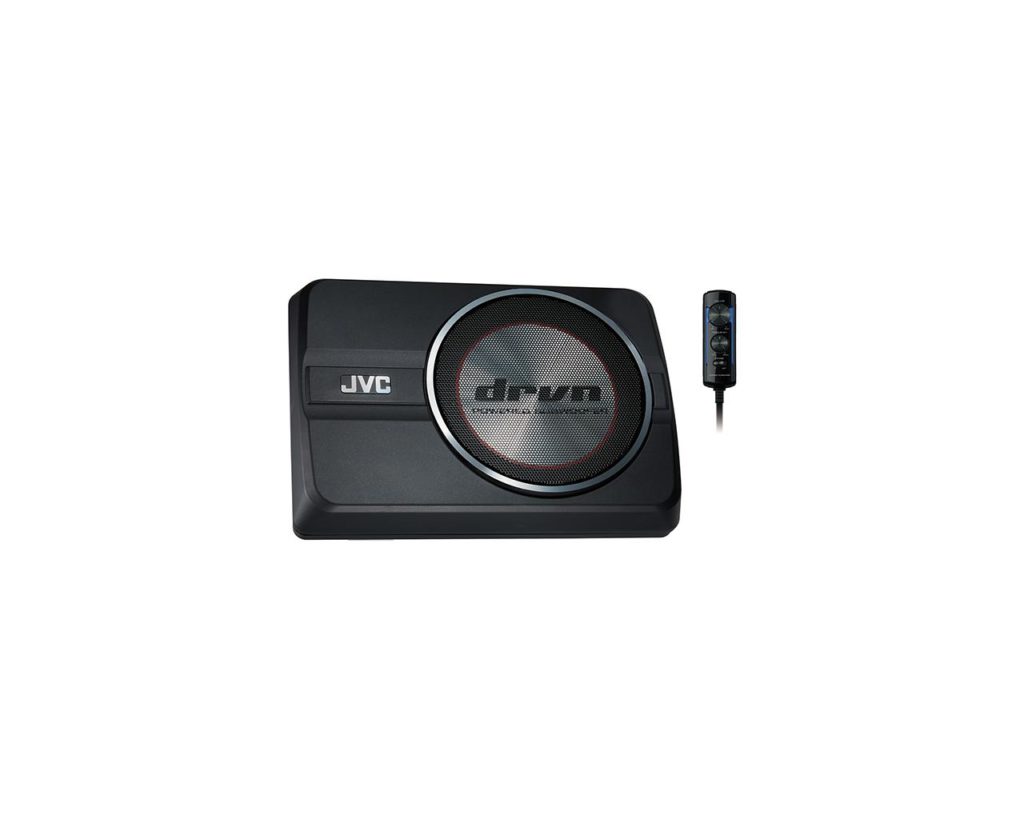
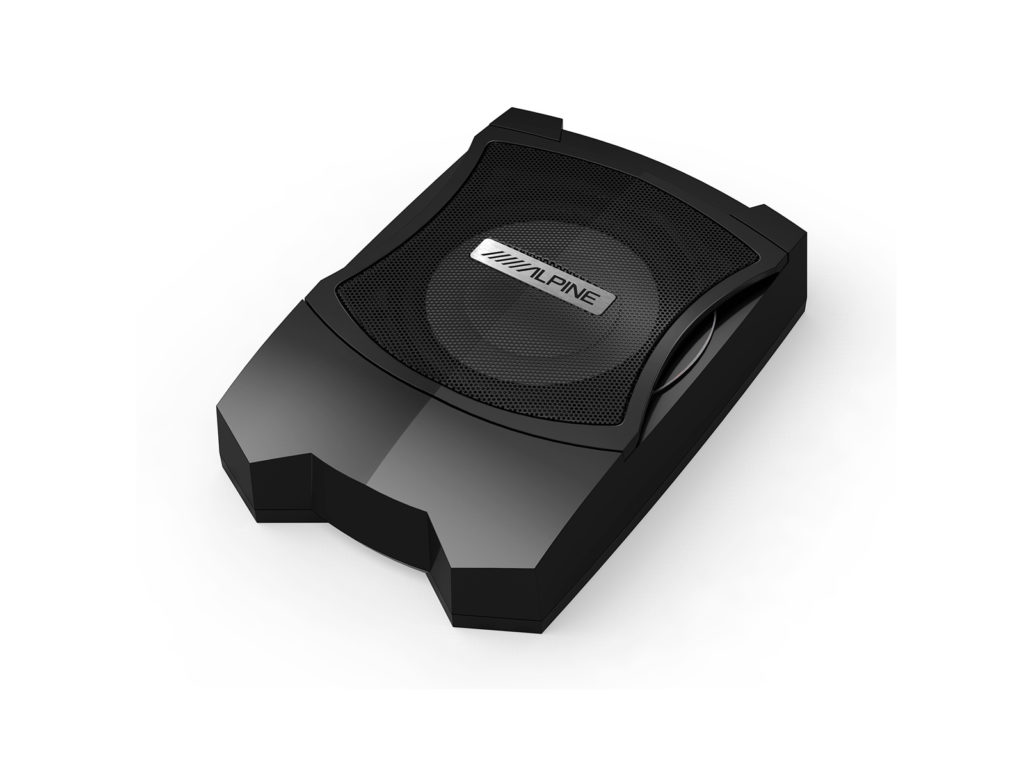
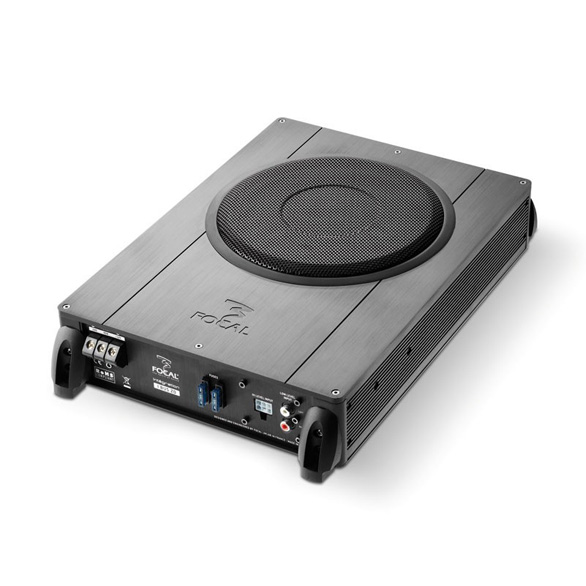
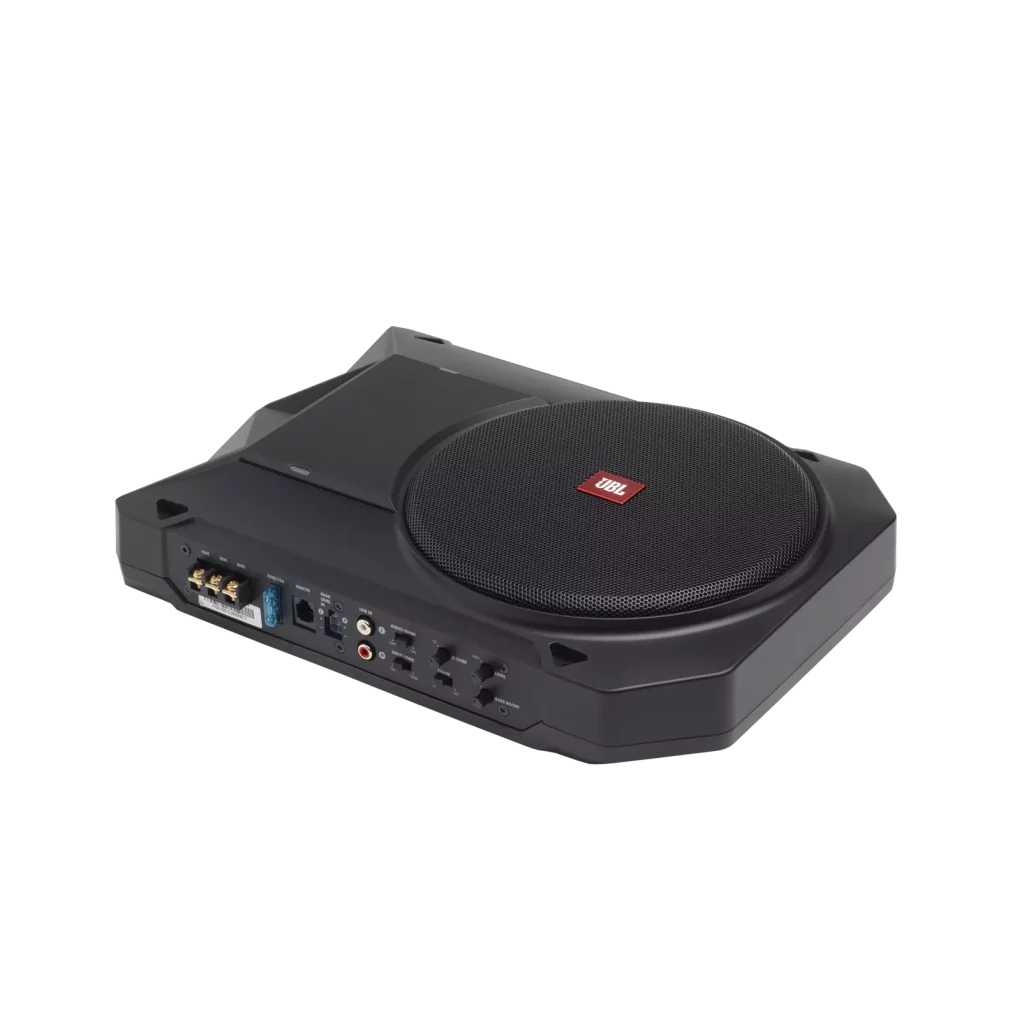
Vibe Slick C10A-V0
From the well-known UK company, this unit is built with great solidity. Amazing value for the money, the shallow (75mm mounting depth) chassis is an aluminium casting. It is dense and does not flex. The driver inside is a SLICK 10S or shallow-mount model fully ten inches across. The amplifier is rated at a meaty 180W and has a ‘peak’ power rating of 540W. The 25A panel-mounted fuse, tends to suggest a real world power of 300 watts, so that 180W RMS looks pukka. (It’s just Amps x Volts = Watts.)
Vibe don’t offer up any passband (frequency) information but as a known-good bass brand, you can read the controls and see quality. For one, there’s a phase-flip switch. This allows for cock ups in wiring the speaker level input to be corrected. You connect RCA subwoofer signal outputs from a ‘proper’ system, or just hook a speaker wire feed to the input. Either way, it will switch itself on. A cute under dash remote control knob is part of the package.
- Single 10in woofer
- Power: 180W RMS/540W peak
- Frequency Response not reported
- Dimensions (HxWxD) 73mm x 260mm x 345mm
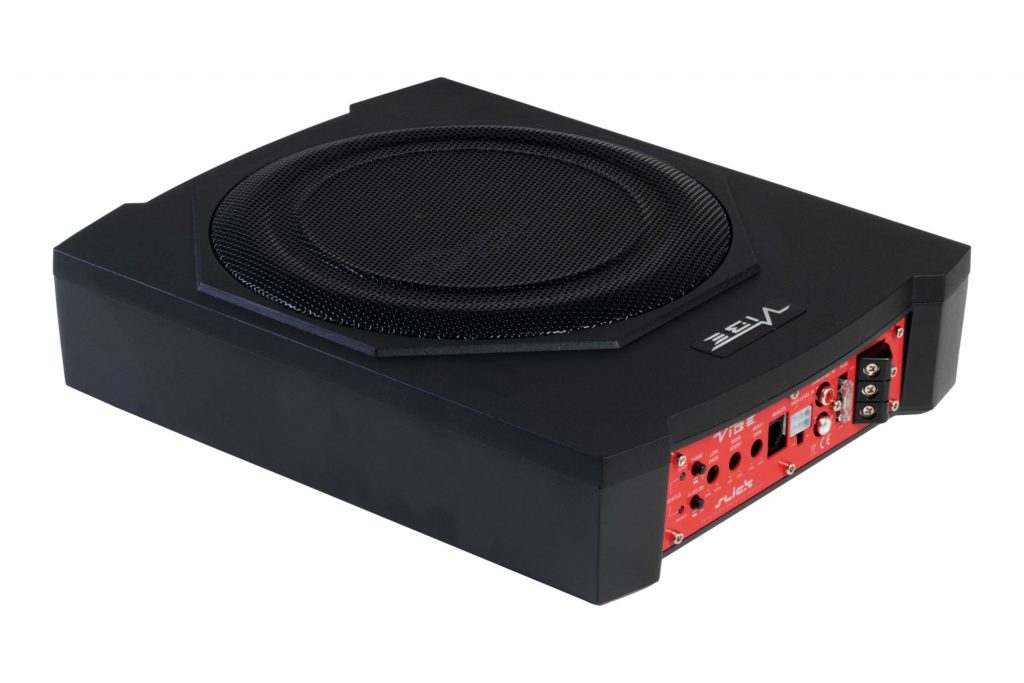
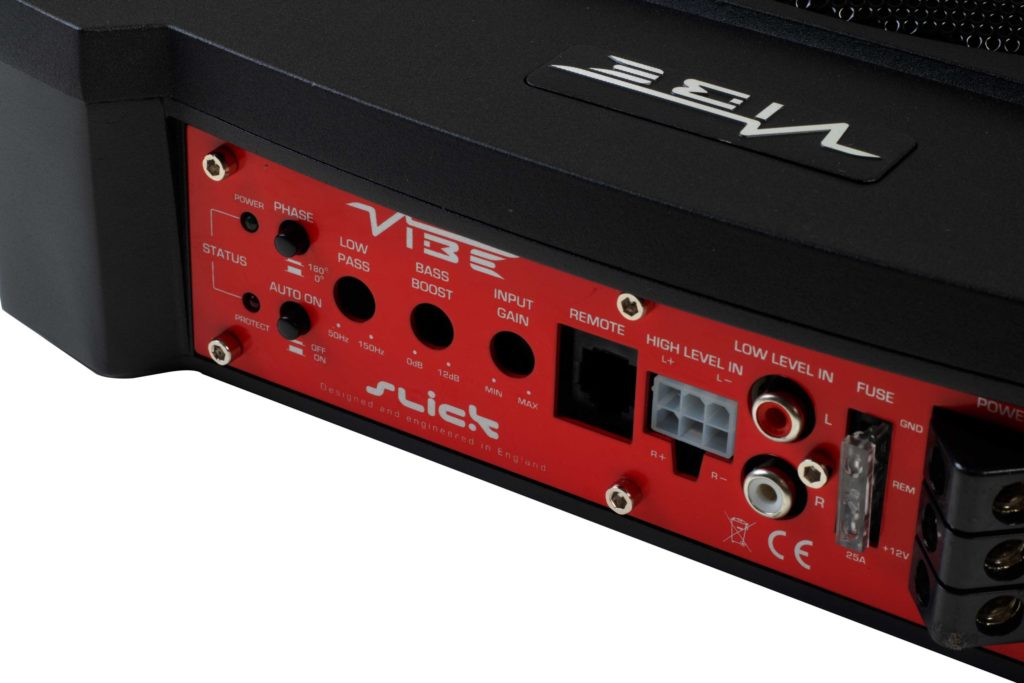

Pioneer TS-WX130DA
This woofer seems mild but is oddly potent. Seen by experts as one of the very best under seat subwoofers around. It will not only fit anywhere, but that low nominal wattage reading belies an impressive output. One installer, who fits a lot of exotic cars, uses them in Lamborghinis. Even in that tiny cabin, with that level of engine noise, the subwoofer can perform. The immediate difference versus the meagre speaker emplacements in the Aventador’s doors, is amazing. They fine tune their systems with a laptop.
You will not need a laptop, though, as this is the model that comes with a remote control. You can dial the bass in or out, or adjust it between playing different kinds of music. There’s an eight inch speaker inside and you can choose between louder or lower. Called DEEP BASS mode, they claim it will wobble well at 32Hz, and rate it to 20HZ. In DYNAMIC BASS or louder mode, they limit the frequency depth a bit to 40Hz. This allows it to hit 5dB harder. That’s a good bit louder. You can do all this from the most complex bass remote around. If you’d rather the installer should set it up, then don’t mess with it, there’s another model without the remote.
- Single 8in (20cm) woofer
- Power: 50W RMS/160W peak
- Frequency Response: Deep Mode: 20Hz – 200Hz / Dynamic Mode: 40Hz – 160Hz
- Dimensions (HxWxD) 70mm x 280mm x 200mm
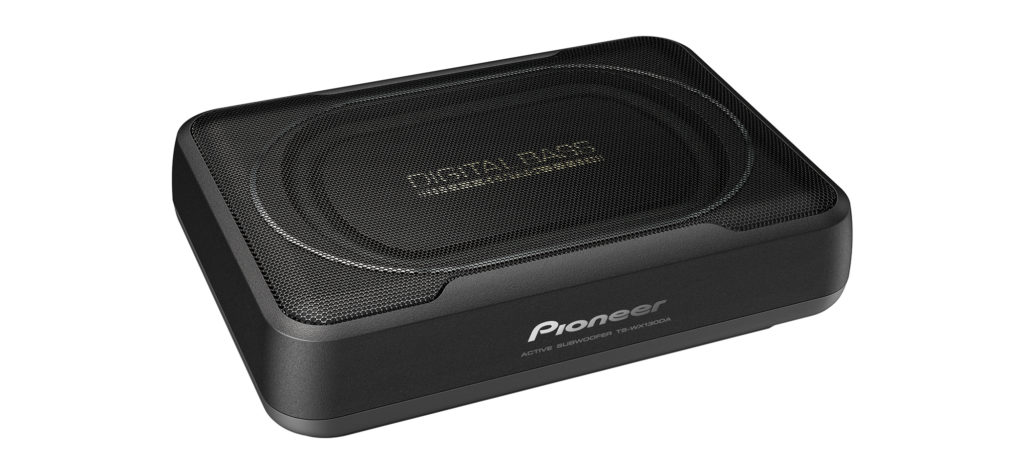
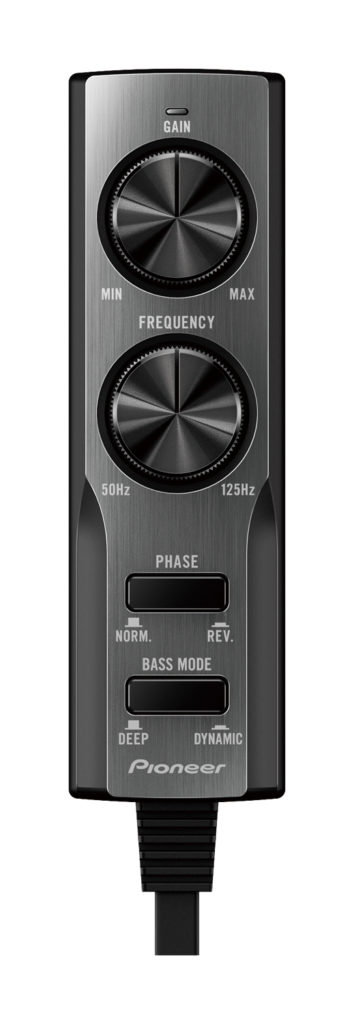
JBL BassPro SL2
As well as the regular features, this unit has some very JBL things going on. For starters, there’s the bass boost function. Fixed at 70Hz, it is technically upper bass but this little box can really play that with some grunt. Boost the bass at 70Hz and it will definitely tickle your butt clean through your seat cushion. The 15A fuse it requires, suggests a power maximum of 180Watts, so the 125W RMS figure figure is typically JBL-conservative. Their roots are in pro-audio and JBL ratings are truthful.
The bass boost is adjustable from zero to plus nine dB, which is sane. Many such controls go to 12dB which will suck power. This makes sense. In another very pro-audio roots indicator, there is also a limiter circuit. This means that if you send overcooked signals to the unit, it will not break up nor distort. Modern digital music can have some crazy sudden increases in bass weight and if the unit detects it is going into distortion, it will limit output to cope. This is all about JBL knowing about how excited musicians (and car audio fans) get. Remote bass level control included
- Single 8in woofer
- Power: 125W RMS/250W peak
- Frequency Response 35Hz to 120Hz
- Dimensions (HxWxD) 71mm x 250mm x 344mm
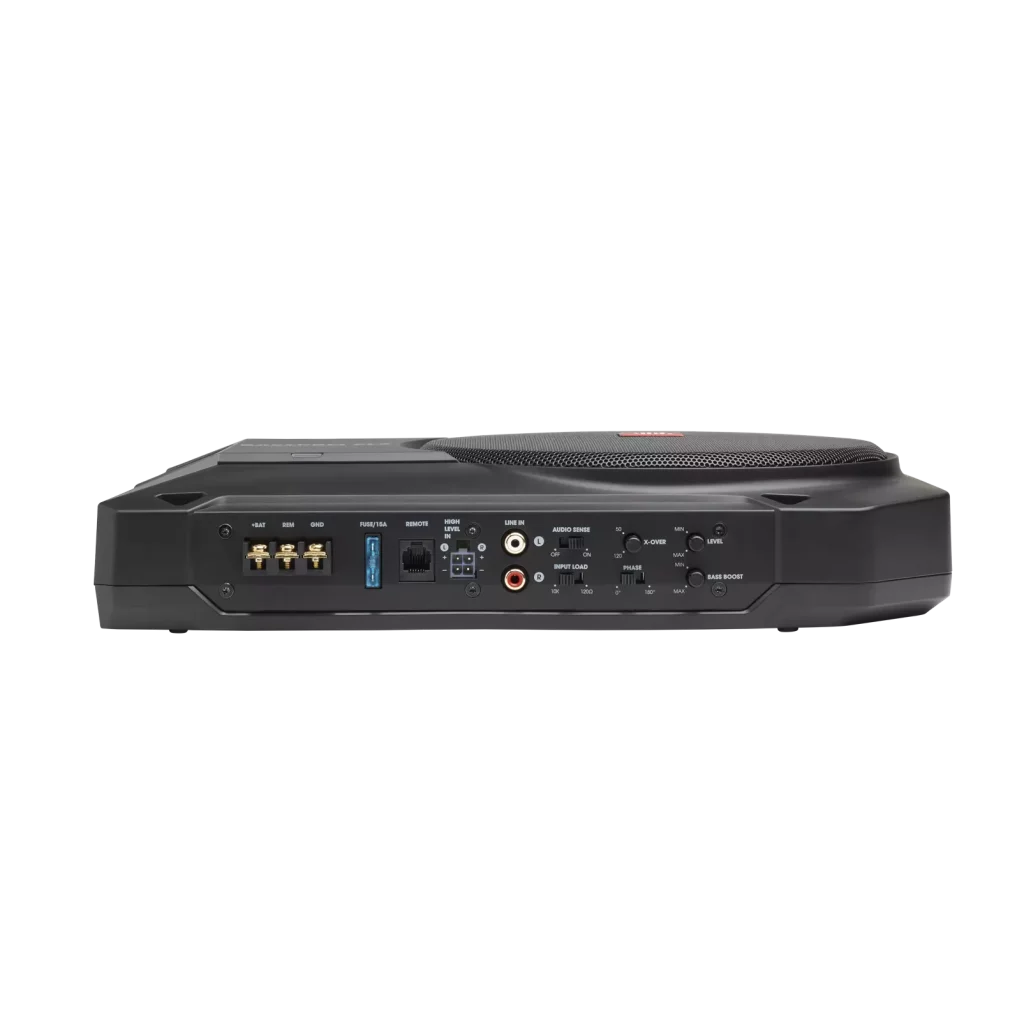

Alpine PWE-V80
A real slice of joy-of-possession for the Alpine fan who wants one of the best under seat subwoofers. It’s a good looking unit, so much so, it seems a shame to hide it away under a seat. Maybe the original under seat sub with aluminium cast-chassis sealed enclosure, this 8in woofer-based design is inert and solid. The thing weighs a meaty 5kg as a result. The remote does the lot, starting with looking cooler than the rest. The crossover point can be adjusted between 50Hz and 100Hz and there’s a phase flip switch on the remote. This allows for fixing wrongly-connected speaker wires, as previously said, but also allows for the oddities of car acoustics. Sometimes it sounds better with that switch flipped, due to the way the car’s acoustics can mess with phase response.
Sounds complex? It isn’t, as you can tell when you flip it and you can just experiment and see. As well as speaker level connection, it also accepts the RCA subwoofer feed from a head unit or crossover output. Alpine do not quote frequency response figures for this product.
- Single 8in woofer
- Power: 80W RMS/160W peak
- Frequency Response not reported
- Dimensions (HxWxD) 80mm x 342mm x 238mm
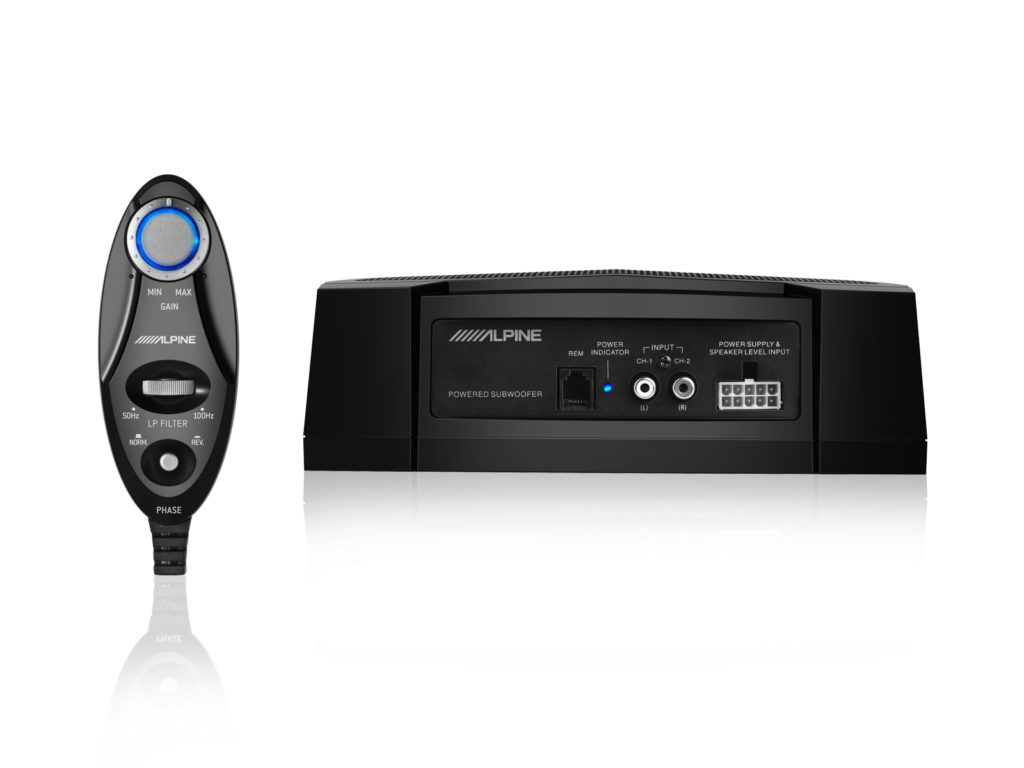

JVC CW-DRA8
JVC are proud of their little warrior. They show off the insides with exploded diagrams, displaying the amplifier and the guts of the speaker driver itself. You can see the little amplifier board, with its FET (that’s the transistor – amplifier bit) and the power supply coil. Tiny but still of chunky gauge, these coppery wire doughnuts are always a good indicator of an amplifier’s muscle. The meatier the coil, the more power it can feed the transistors with. This unit’s power supply coil is a meaty little spud!
The speaker inside has a wide voice coil for an eight incher. It looks like a flat diaphragm but has a cone driving it behind. JVC even show off diagrams as to why their graduated pleated spider suspension is best. That’s the undercarriage of the speaker. Made of fabric, theirs is all about durability. They also quote that heat resistant materials are used throughout the CW-DRA8 for the same reasons.
The remote control has cool blue backlit segments. This allows you full control of phase, volume and the crossover point, which can be set between 50Hz and 125Hz.
- Single 8in woofer
- Power: 125W RMS/250W peak
- Frequency Response: 35z to 150Hz
- Dimensions (HxWxD) 75mm x 240mm x 350mm
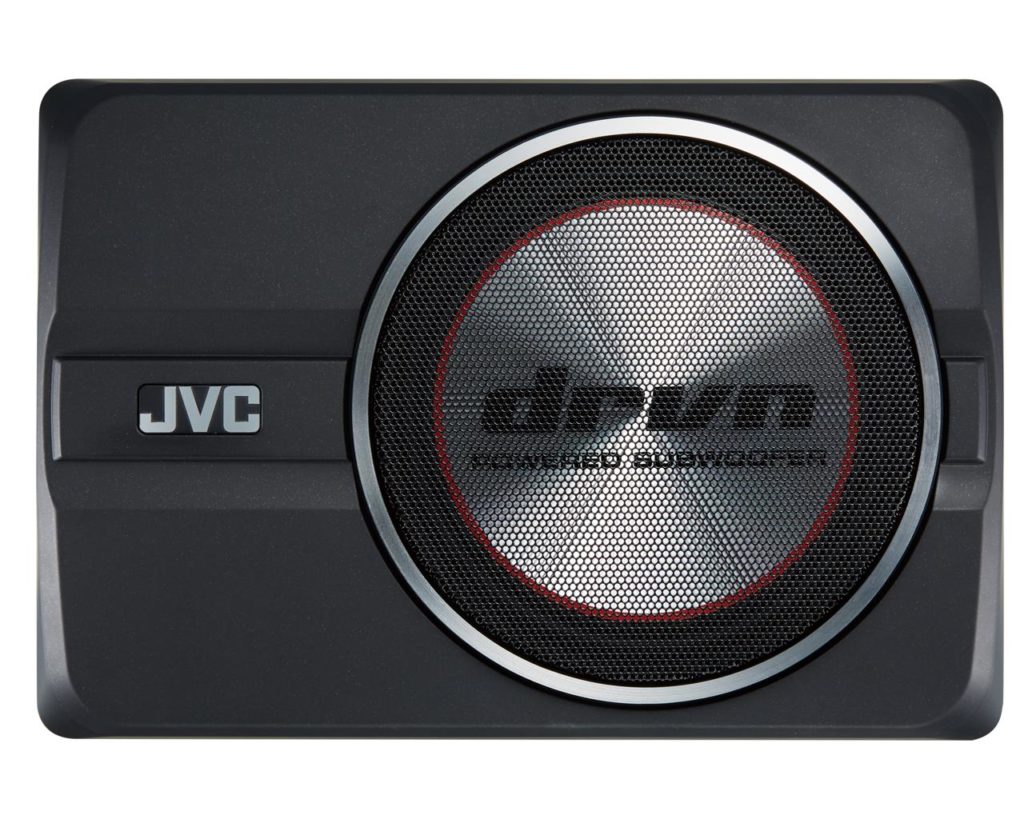
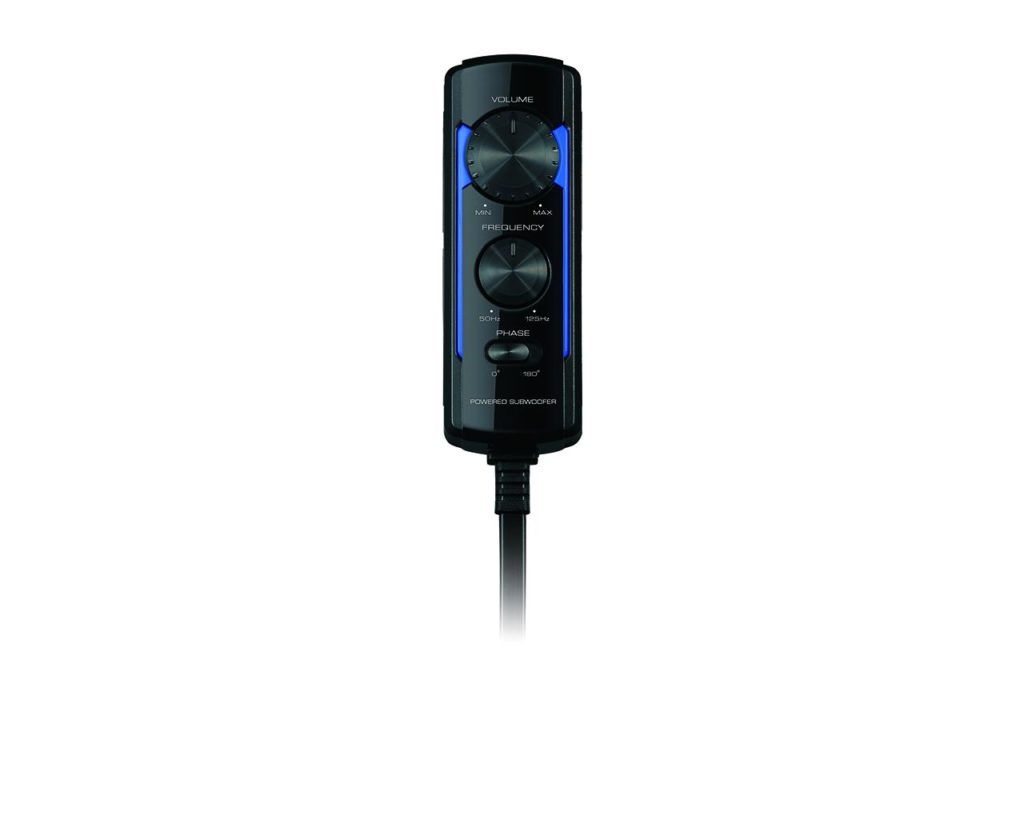

SONY XS-AW8
The first Dual Voice Coil driver we have seen. These two internal coils on the 8in speaker are run as 2ohms plus 2ohms. That way, it can draw the best low-impedance power from the regular class AB amplifier within. This makes some heat versus the others that tend to have Class D amplifiers. SONY tell you about the heatsink inside, used for their internal amplifier. The enclosure, like the Vibe and Alpine ones, is a sealed box of cast aluminium making it rigid and inert. That’s all about the bass energy being forced out the driver rather than getting used up vibrating the enclosure.
There is a phase flipper switch but you cannot use it from the driver’s seat. It is a simple toggle-switch on the unit’s controls. The wired remote control is a handsome looking knob and can only adjust the volume level. Crossover choice is from 50Hz to 150Hz and is a twiddler on the amp panel, rather than on the remote. This does make more sense in some ways, rather than allowing you to change crossover point on the move. Definitely sophisticated and one of the best under seat subwoofers, easily deserving its place here
- Single 8in woofer
- Power: 75W RMS/160W peak
- Frequency Response: 20Hz to 200Hz
- Dimensions (HxWxD) 78mm x 250mm x 344mm
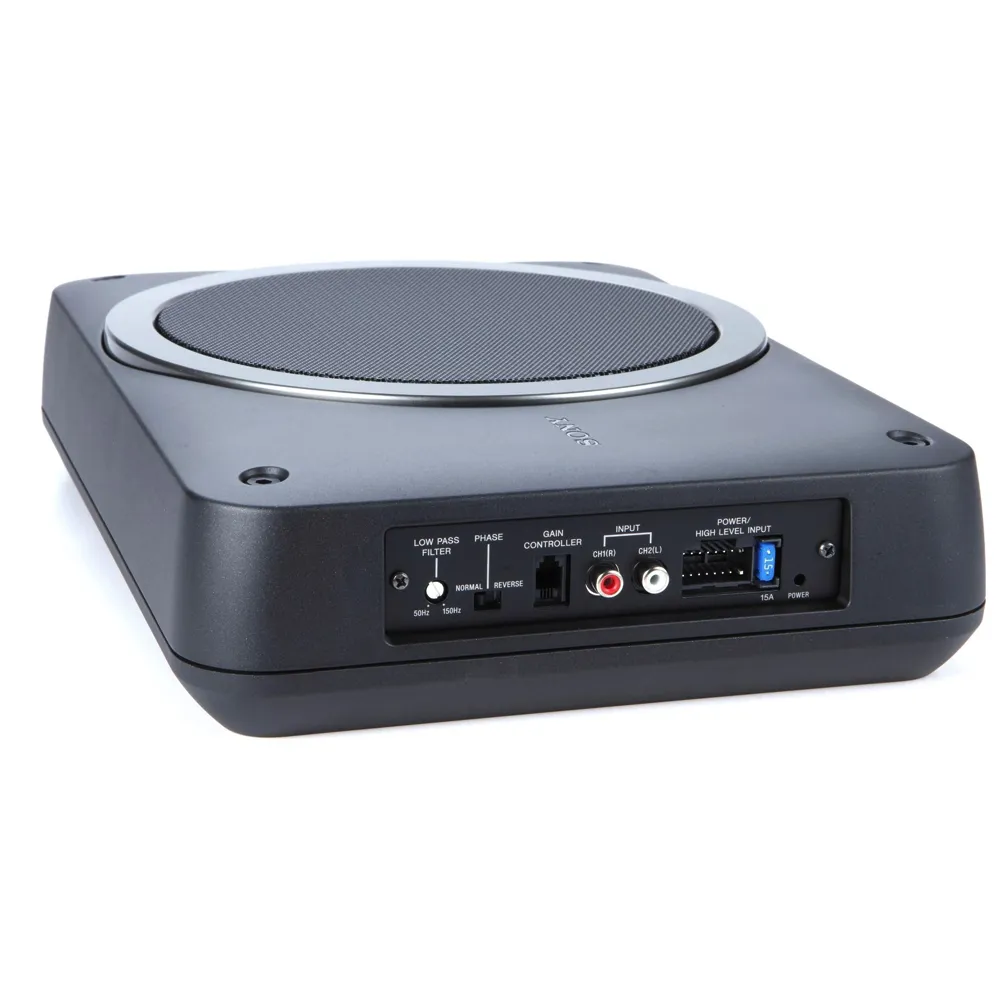
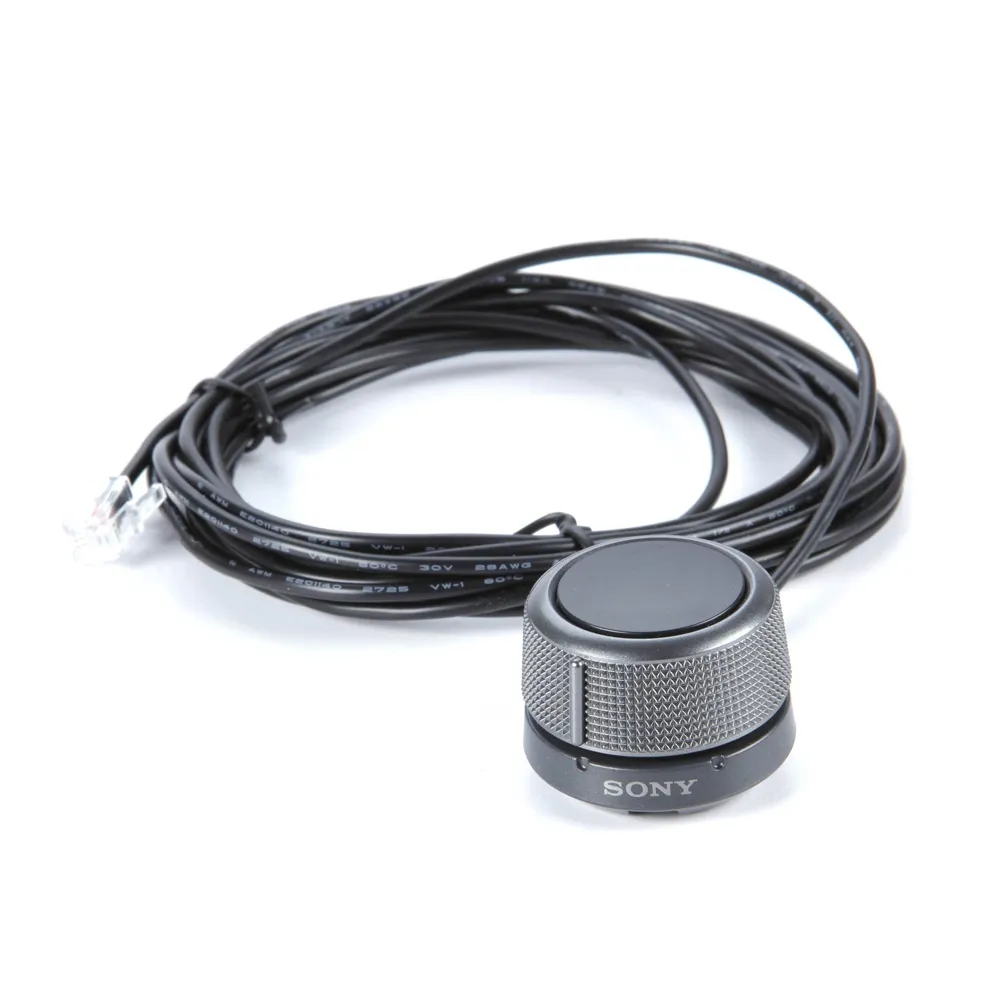

PowerBass STA-10
An American product, this has more specifications quoted and more technical stuff described than any other woofer here. It is a bit of a chunk compared to most of these but is a truly hench item, from a good stable. The on board controls are superb. You get the dual high level and RCA inputs but there is an input sensitivity button on the unit. Out for 0.2v to 0.6v and in for 2.0v to 10.0v. You set it ‘in’ for high level from speakers, or else ‘out’ for low from RCA feeds. The lowpass crossover filter can be set between 40Hz and 200Hz. The most impressive thing is rare even on serious standalone bass amps, a subsonic filter. It’s settable between 20Hz and 50Hz. This means you can really squeeze the most output possible from the unit.
The STA-10 has a proper 100 watts. You want to use those watts well. Play it from just under where your your music lives, crossed over at 120Hz and down and set the subsonic carefully. Get that passband right and the sheer weight that this thing will generate might startle you.
- Single 10in woofer
- Power: 200W RMS/400W peak
- Frequency Response: 20Hz to 200Hz
- Dimensions (HxWxD) 82mm x 277mm x 365mm

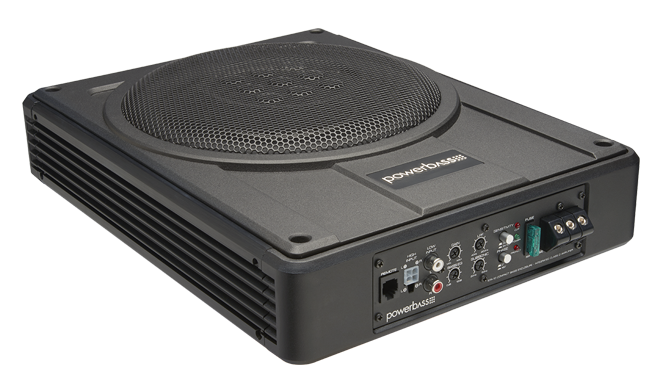
Focal iBus20
Focal make speakers to an amazing level. They made the £700 Beryllium domed car tweeters. Their Grande Utopia hifi speakers are eight feet high and weigh half a tonne each. Focal know their stuff. This subwoofer follows what we know are solid design briefs for under seat models. Like others, it has an aluminium chassis and also uses a flat diaphragm 8in speaker. It does have more sophisticated control than others.
The power and high level (speaker) and low level RCA connections share the same end as the twin 15A fuses. Thirty amperes of fuses suggests over 300 watts of muscle, so iBus20 may be well under-specified in its claimed power. The other end has the finer controls. This end is also where the included volume-only remote control knob plugs in. There is a subsonic filter settable between 20Hz and 50Hz which is a good sign. The bass boost goes to a whopping +18dB and is centred around 60Hz. The low pass crossover control can be set between 50Hz and 150Hz. Two push switches control a phase flipper and you can choose to use the switching wire rather than auto-sensing ‘on’. I’ve not seen that before but it may help with the prevention of any turn-on thumps.
- Single 8in woofer
- Power: 75W RMS/150W peak
- Frequency Response: 45Hz to 150Hz
- Dimensions (HxWxD) 71.5mm x 250mm x 344mm
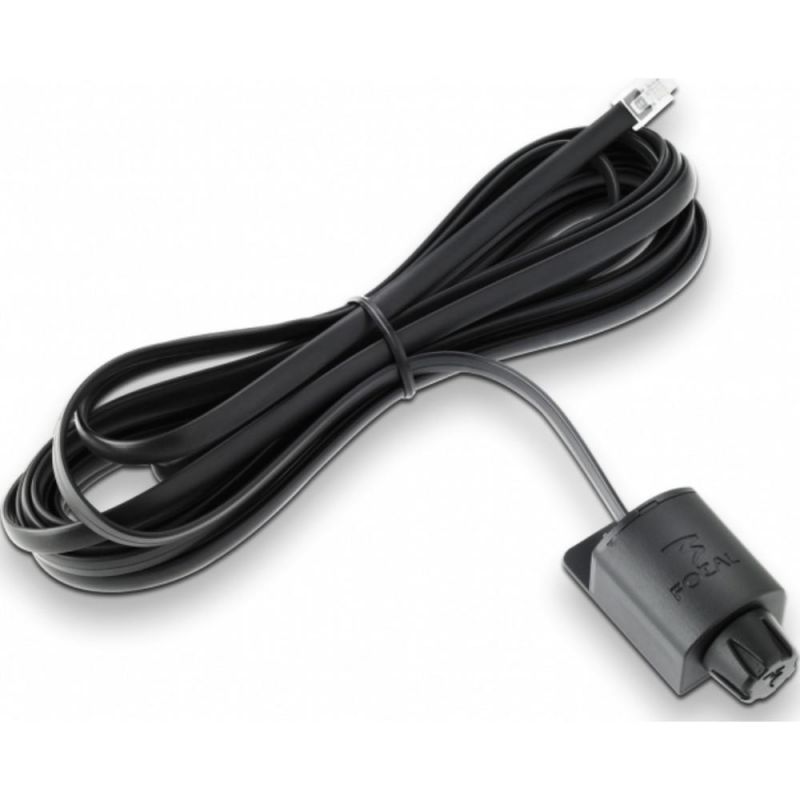

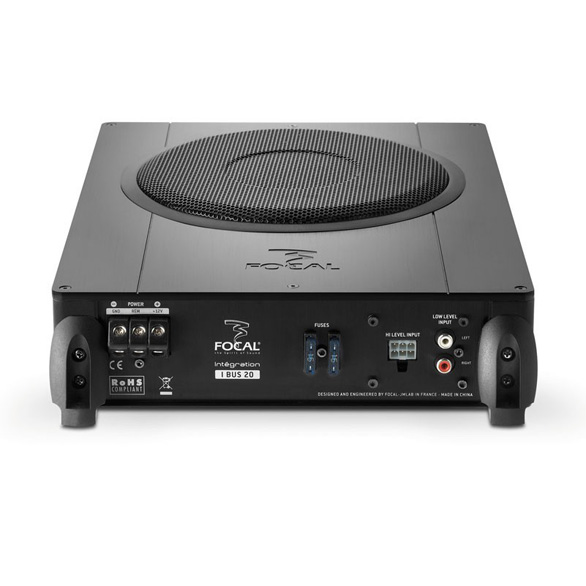
Check out the starter guide, Here.

